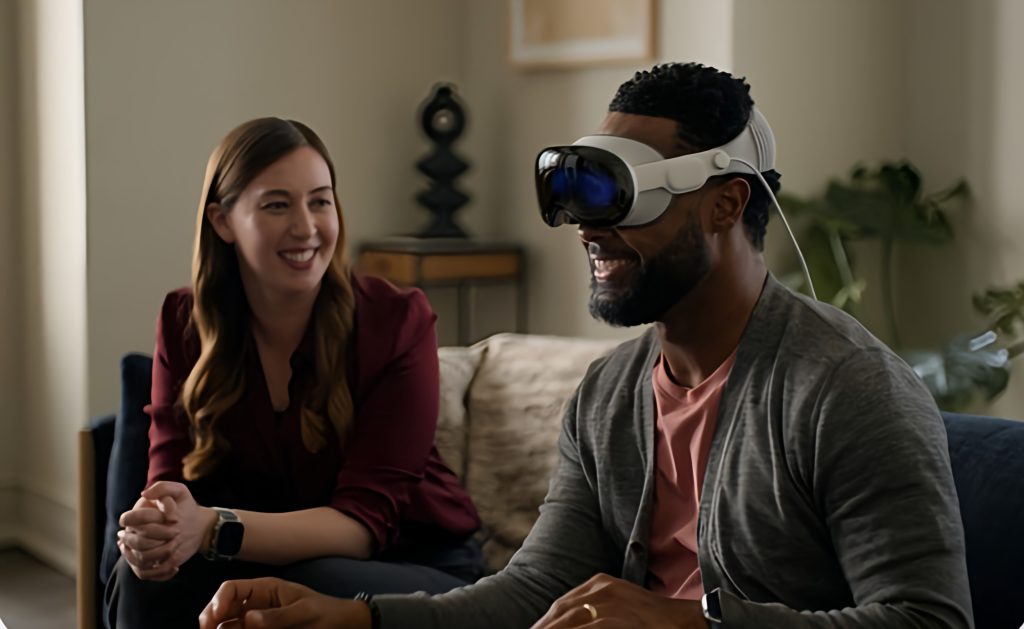
It’s reported that Apple’s second-generation XR headset (possibly named Vision Pro 2) has successfully begun mass production and is expected to hit the market later this year, which has drawn significant attention from the tech community.
Looking back at the development of Apple’s first-generation XR headset, Vision Pro made a stunning debut in June 2023 and began sales in overseas markets in February 2024. However, it received unsatisfactory market feedback, with sales falling short of expectations. Some reports even claim that the production of Vision Pro ceased in November 2024, giving it a product lifecycle of less than 20 months. Nonetheless, Apple didn’t give up developing XR technology, and has continued to ramp up its investment, with the development and production of the second-generation product progressing steadily.
Currently, the production of key components for Vision Pro 2 is in full swing. Lens Technology, known for its expertise and high quality in the glass substrate sector, has become the exclusive supplier of Vision Pro 2. Everwin Precision is the supplier of device case, responsible for ensuring the product’s appearance design and structural strength meet Apple’s high standards. Besides, several suppliers of electronic circuit components is going at full blast to meet production demand.
Although the specific features of Vision Pro 2 have not been officially revealed, insiders who have worn early demo units suggested that the final version will see significant improvements in both computing power and display performance. The enhanced computing capabilities will allow the device to run various applications more smoothly, offering users a more immersive experience. Meanwhile, display optimization is expected to further improve clarity, color saturation, and contrast ratio, sending users to a vivid and fantastical virtual world.
As a reference, the first-generation Vision Pro weighed between 600 and 650 grams, had a 2.5-hour battery lifespan when playing 2D video, was equipped with M2 and R1 chips, and featured a micro-OLED display with a total resolution of 23 million pixels. While the first-generation product had its limitations, Apple’s strength in technological innovation and R&D remains formidable. It is expected that Apple will draw on past experiences and improve the second-generation product’s performance, battery life, and weight to better meet consumers’ growing expectations.
(Photo credit: Apple)
TrendForce 2024 Near-Eye Display Market Trend and Technology Analysis
Release Date:2024 / 07 / 31
Languages:Traditional Chinese / English
Format:PDF
Page:164
|
If you would like to know more details , please contact:
|












